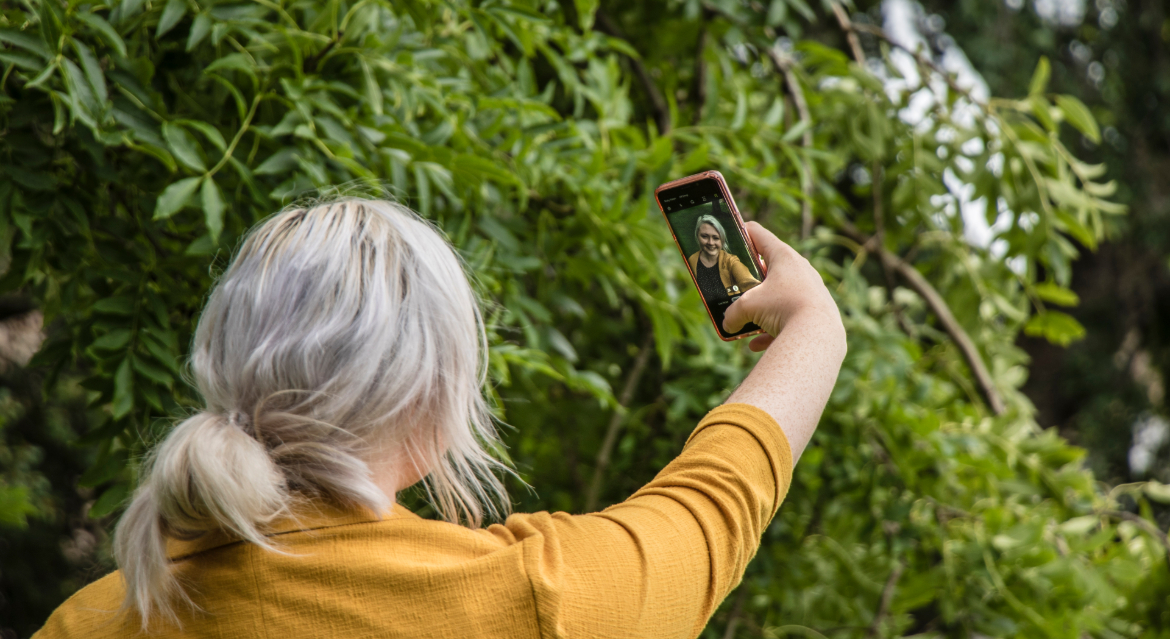Selfies could help spot missing persons a smile away
Published On Mon 26 Aug 2019 by Dominic Glasgow

Selfies taken by missing persons before they disappear could prove key for future forensic dental identification, according to a researcher studying at the University of Dundee.
Selfies showing teeth and gum shields are just some of the new dental identifiers to now appear on a checklist designed to aid the police and forensic odontologists in missing person cases.
The Dental Identification Record Checklist, which is the first of its kind, was developed by Dr Claire Sallis and her supervisor Dr Scheila Mânica at the University of Dundee’s School of Dentistry.
It aims to speed up the process of forensic identification by allowing police to request more dental by-products than ever before, such as bleaching trays or teeth moulds, and helps remind law enforcement officers to check for supplementary evidence such as selfies that may portray the missing person’s teeth.
Working in collaboration with the British Association for Forensic Odontology (BAFO) and the UK Missing Persons Unit, Dr Sallis hopes the free checklist, which has already been translated into 14 languages, will reduce the time it takes for police to gather important evidence, mitigating the emotional weight on families awaiting closure.
“You may not think about it but your teeth are incredibly individual to you,” said Dr Sallis, a 29-year-old from Chester, who is studying MSc Forensic Dentistry in Dundee.
“When a dentist places a filling, they will never make the same filling ever again in their lifetime. That’s how unique they are and that’s why they are great for identifying missing people.
“It’s the role of forensic odontologists to identify the deceased by their teeth but this process can be frustrated by both general dentists and police not knowing exactly the types of evidence that could help speed up the process. The checklist should be applicable all across the world and so far it has been translated into Mandarin, Arabic and Malay amongst other languages and has been downloaded more than 200 times.
“Ultimately though, creating the list was about the families and relatives of missing people and helping reduce the time they might be anxiously waiting.”
A cheaper alternative to DNA-testing, Dr Sallis says teeth play a larger part in identifying the missing or deceased than popular culture gives credit for.
“Fingerprints, DNA and comparative dental analysis are the three primary identifiers recognised by INTERPOL. In the UK we don’t have a national database of fingerprints unless you are a criminal; therefore, it is more likely that an individual has attended their dentist at some point than have had their prints taken. In certain situations DNA can also be rendered unusable. For this reason, dental identifiers can be relied upon more frequently.
“We don’t tend to talk about how forensic odontology is used in books or films, but teeth are composed of one of the hardest tissues in your body-enamel - and therefore can last a very long time and withstand a variety of assaults. In cases where bodies of the deceased have begun port-mortem changes, the police have been able to rely upon dental identification due to the natural resilience of teeth.
“Looking ahead, with less and less people needing root-canal treatments or fillings, selfies could prove particularly useful to help match up the deceased with missing person profiles, especially if the missing person has distinctive dental features such as rotations or gaps; or in the cases of missing children where we might not have any dental records at all.
“So, even if you think your teeth are fine, getting a check-up to update your dental records could help should the worst ever happen.”
Dr Sallis plans to return to work as a dentist in Chester but aspires to become a registered forensic odontologist with BAFO where she may be asked to help on missing persons cases in the UK or abroad. She believes her time at Dundee will play a significant role in her new career.
She said, “There are few international opportunities for dentists to gain expertise in forensic dentistry and Dundee is the only university in the UK that offers a one-year programme within an active forensic medicine department. It is thanks to amazing supervisors like Dr Mânica that we are able to contribute to the field in such an important way.”
The Dental Identification Record Checklist can be accessed in the following languages here: English, Arabic, Bahasa Melayu, Deutsch, Portuguese, Italiano, Dansk, Español, Greek, Norsk, Japanese, Mandarin, Hindi, Polski.
Dr Scheila Mânica will share more secrets of teeth at Café Science on Monday 16th September 2019.
Her talk will take place at Medina Bar and Grill in Dundee at 7pm. This is a free event and everyone is welcome. There is no need to book in advance but arrive early to avoid disappointment.
For media enquiries contact:
Dominic Glasgow
Media Relations Officer
University of Dundee
Nethergate, Dundee, DD1 4HN
Tel: +44 (0)1382 385131
Email: d.w.glasgow@dundee.ac.uk